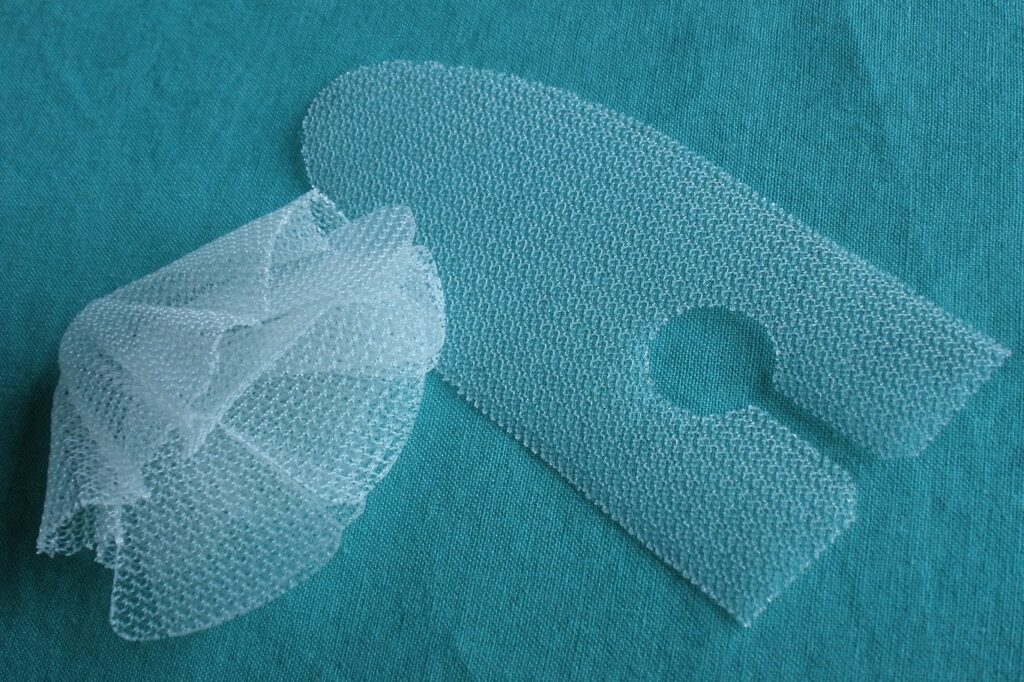Whether a bone marrow transplant is suitable for children has been debated in the medical community for a long time now. The success rate and survival rate of a bone marrow transplant depend on various factors such as the severity of the child, the source of transplant, type of disease, the hospital, and more. An expert team will assess the child’s condition and decide whether bone marrow transplantation is the right treatment. In children with certain types of cancer and other genetic disorders that affect the hematopoietic system, bone marrow transplant becomes the final resort to increase life expectancy.
As a parent, decision-making is challenging and intimidating. This article aims to help parents make a well-informed decision with all the necessary information. The professionals that offer bone marrow transplants in Turkey will guide the parents throughout the course of treatment.
What is a pediatric bone marrow transplant?
Bone marrow is the factory that produces blood cells in the human body. It is a spongy portion present at the centers of long and large bones such as hip bones, ribs, and skull. The bone marrow houses early stem cells, the precursor for red blood cells, white blood cells, and platelets. The life span of the cells is short, and they need to renew from the stem cell pool. In the case of defective stem cells in bone marrow, the body loses its ability to replenish body cells. The main aim of BMT is to replace the defective bone marrow in children with healthy bone marrow from a donor. In BMT, the bone marrow doesn’t replace completely. Instead, the faulty cells are filtered out and, healthy cells replace them.
Bone marrow transplant is of three types based on how healthy cells are collected.
Autologous BMT: the child with affected bone marrow is the donor. In an autologous transplant, the doctor employs wither of following two ways to collect cells:
● Peripheral blood stem cells: The doctor uses the apheresis process to collect stem cells. Apheresis is the collection of peripheral stem cells that floats in the blood after administering certain medications.
● Bone marrow harvest: A thin needle is placed mostly in the hip bone, and the stem cells are extracted from the soft center.
● Allergenic bone marrow transplant
● The donor in the allergenic type is not the patient instead, a person with genetic similarity acts as a source. In most cases, the donor might be a parent or a sibling. ● The donor can also be a matched unrelated donor with a similar bone marrow registry.
● Umbilical cord cells transplant
Umbilical cord stem cells are used for replacing the defective stem cells in the bone marrow. The umbilical cord stem cells grow briskly and more effectively than the cells from adult bone marrow.
An overview of the transplantation process
Once a child gets the stem cells from a matched donor after the isolated cells are counted, typed, tested, and kept frozen until required, he or she will stay in the hospital for 6 to 8 weeks. The period of hospital stay differs based on the child’s condition. During the stay, the child goes through high doses of chemotherapy or radiation therapy to destroy the persistent bone marrow before transplantation. This is known as ablative or myeloablative therapy.
Once there is enough room for new bone marrow cells, the new donor stem cells are administered intravenously in a large vein. Usually, the central venous catheter is placed in a large chest vein. The stem cells make their way to the bone marrow and start growing to make new stem cells. The child may experience side effects such as pain, chills, fever, hives, and chest pain after the transplant.
When does a child need a bone marrow transplant?
Bone marrow transplant aims to treat diseases and cancer that affect the blood cells or production of these cells in the body. The common diseases that can be treated with bone marrow transplant are:
● Leukemia
● Aplastic anemia
● Sickle cell anemia
● Lymphoma
● Damaged bone marrow after cancer treatments – chemotherapy and radiation therapy
● The risk associated with bone marrow transplant in children
● The bone marrow transplant blesses children with severe blood and bone marrow conditions to see the world to the fullest. The catch here is BMT has some life-threatening risks. A possible complication of the transplant include:
Infections:
Chemo and radiation therapy weakens the immune system that encompasses the bone marrow. Once the immune system shuts down, the opportunistic microbes in the body start multiplying and cause infection. Luckily, the rise of infection is kept under control with the help of antibiotics.
Low platelet concentration: If the replaced bone marrow doesn’t work and gives the best results, red blood cells won’t be produced. It doesn’t improve the child’s medical situation.
Other short-term effects: nausea, vomiting, sores in the mouth, fatigue, anemia, and diarrhea.
Long-term risks: infertility, acute or chronic Graft-versus-host disease, cataracts, sexual side effects, early menopause, thyroid problems, lungs or bone damage, cancer, and cessation.
What is recovery like?
Recovery from BMT takes time and scads of factors influence it. The stages of recovery start with intensive medical care immediately after transplantation day, followed by an initial rehabilitation period. During the initial recovery period, the medical team keeps a watch on signs of infection and graft versus host disease (GVHD). An increased concentration of WBCs in the blood indicates that the new stem cells have started producing blood cells. Bone marrow transplant recovery typically takes about three months. However, it may extend up to one year for a full recovery. Recovery is influenced by:
● The underlying medical condition
● Chemotherapy dosage or Radiation therapy dosage
● Donor matching
● The clinic at which transplant is done
Bottom line
The decision of bone marrow transplant for children is unnerving. But with precise guidance from experts of the best hospitals, such as Woodside urgent care center, parents can expect a smooth procedure and a high success rate.




